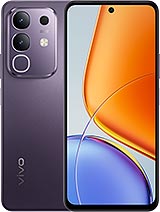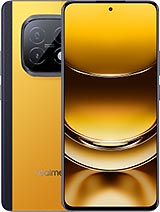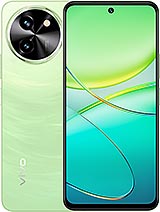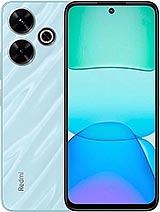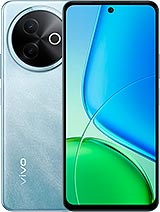Redmi 13 alternatives
Tap above to see alternatives.
Vivo Y39 alternatives
Tap above to see alternatives.
2x2.2 GHz Cortex-A78
6x2.0 GHz Cortex-A55
2x2.2 GHz Cortex-A78
6x1.95 GHz Cortex-A55
8GB 128GB (UFS 2.2)
8GB 256GB (UFS 2.2)
8GB 256GB (UFS 2.2)
f/1.8, (wide), 0.64µm, PDAF
2 MP
(depth)
f/1.8, (wide), PDAF
2 MP
f/2.4, (depth)
f/2.5, (wide)
f/2.0, (wide)
SIM1: Nano, SIM2: Nano (Hybrid)
SIM1: Nano, SIM2: Nano
FDD: N1, N3, N5, N8, N28
TDD: N40, N78
FDD: N1, N3, N5, N8, N28
TDD: N40, N77, N78
FDD: N1, N3, N5, N8, N28
TDD: N40, N78
FDD: N1, N3, N5, N8, N28
TDD: N40, N77, N78
In this comparison, the Redmi 13 with the Qualcomm Snapdragon 4 Gen 2 AE (4nm) performs better than the Vivo Y39 with the Qualcomm Snapdragon 4 Gen 2 (4nm), thanks to its more efficient chipset.
Both phones offer the same OS update support and receive security updates for the same duration.
Both phones use LCD panels. They have the same 120 Hz refresh rate. Vivo Y39 also has a brighter display with 1000 nits, improving outdoor visibility. Notably, Redmi 13 has a higher resolution display, resulting in sharper visuals.
Vivo Y39 has a larger 6500 mAh battery for longer usage. Vivo Y39 supports faster wired charging at 44W.
Vivo Y39 offers better water and dust resistance with an IP64 rating.




